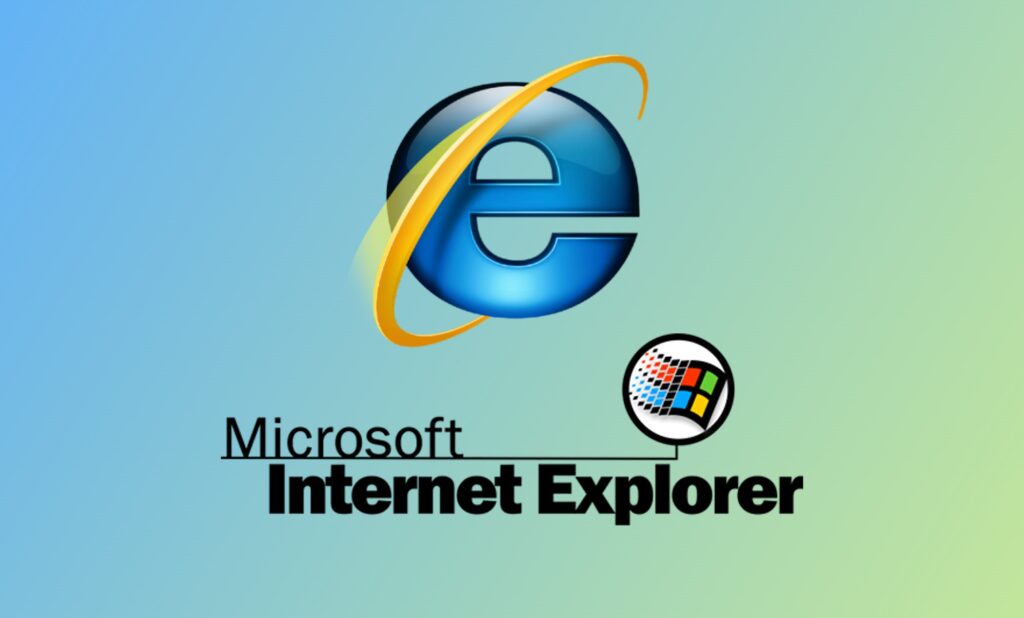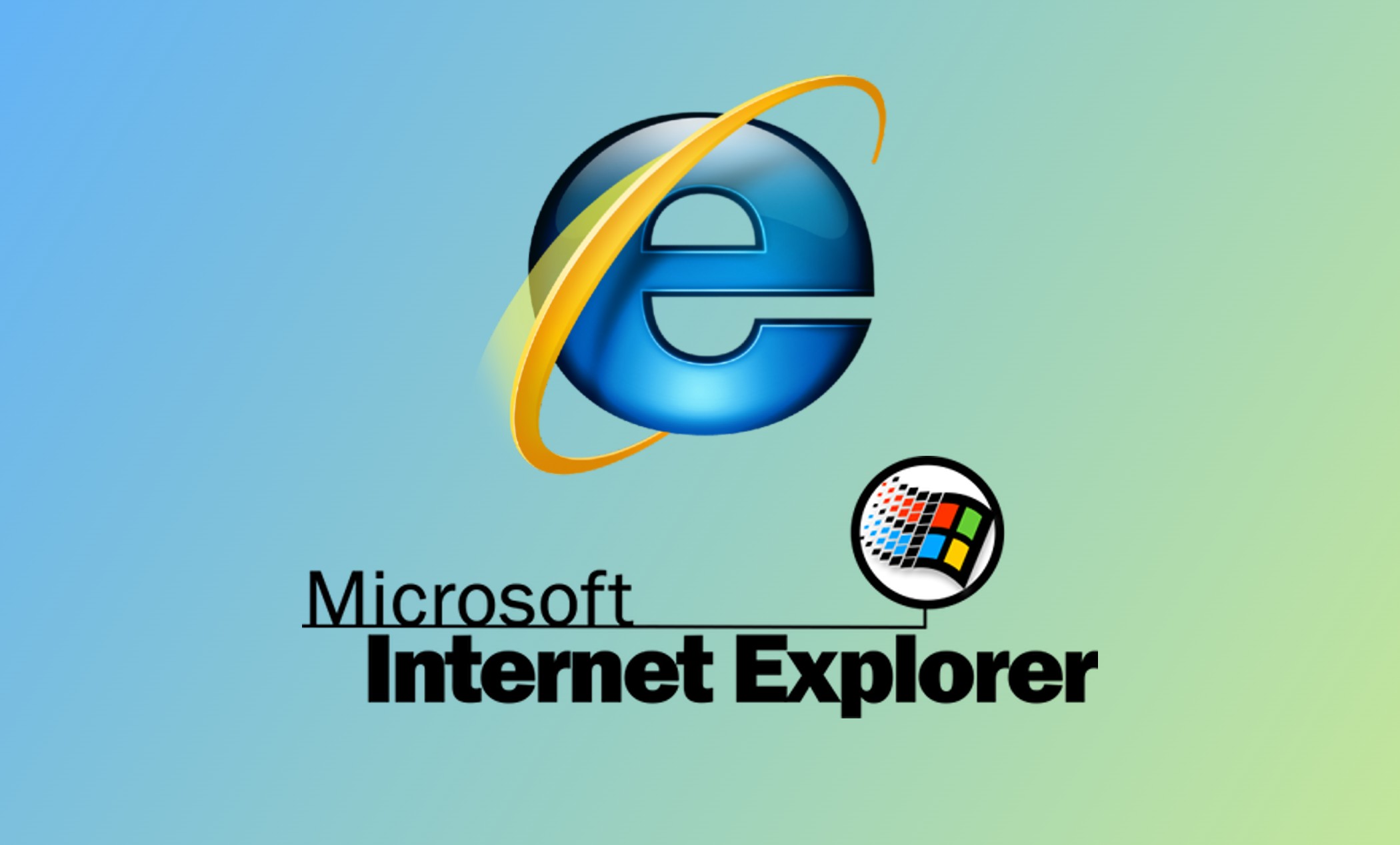
Microsoft Explorer: A Comprehensive Overview of its History and Future
Microsoft Explorer, often mistakenly referred to as Windows Explorer (now File Explorer), is a crucial component of the Windows operating system. While ‘Microsoft Explorer’ can sometimes allude to the now-discontinued Internet Explorer web browser, in the context of file management, it signifies the tool that allows users to navigate, manage, and organize files and folders on their computers. This article aims to provide a detailed exploration of the file management aspect of ‘Microsoft Explorer’, tracing its evolution, functionality, and its relevance in today’s computing landscape. Understanding the nuances of ‘Microsoft Explorer’ is essential for any Windows user seeking to optimize their file management practices.
The Evolution of Microsoft Explorer
The roots of ‘Microsoft Explorer’ can be traced back to the early days of Windows. Initially, file management was rudimentary, often requiring users to interact with command-line interfaces. As Windows evolved, so did its file management capabilities. The introduction of Windows 95 marked a significant turning point with the integration of ‘Microsoft Explorer’ directly into the operating system. This integration provided a graphical user interface (GUI) that made file management more intuitive and accessible to a wider audience.
Key Milestones
- Windows 95: Introduction of ‘Microsoft Explorer’ as a core component of the operating system.
- Windows 98: Enhanced integration with the internet, blurring the lines between local file browsing and web browsing.
- Windows XP: Significant improvements in performance and user interface.
- Windows Vista: Introduction of features like breadcrumb navigation and improved search capabilities.
- Windows 7: Further refinements to the user interface and performance optimizations.
- Windows 8 and 8.1: Introduction of the ribbon interface, a controversial change that aimed to improve discoverability of features.
- Windows 10 and 11: Renamed to File Explorer, with continued refinements and features like dark mode and improved cloud integration.
Functionality and Features of Microsoft Explorer
‘Microsoft Explorer’, or File Explorer as it’s now known, provides a wide range of functionalities for managing files and folders. These features include:
- Navigation: Allows users to browse through the file system, accessing different drives, folders, and network locations.
- File and Folder Management: Enables users to create, rename, copy, move, and delete files and folders.
- Searching: Provides powerful search capabilities to locate specific files or folders based on various criteria, such as name, date, or content.
- File Preview: Allows users to preview the contents of files without opening them in their respective applications.
- Compression and Extraction: Supports the creation and extraction of compressed files (ZIP files).
- File Sharing: Facilitates the sharing of files and folders with other users, either through local networks or cloud services like OneDrive.
- Customization: Offers options to customize the appearance and behavior of ‘Microsoft Explorer’, such as changing the view, sorting order, and folder options.
Advanced Features
Beyond the basic functionalities, ‘Microsoft Explorer’ also includes several advanced features that cater to more experienced users:
- Network Drive Mapping: Allows users to map network drives for easy access to shared resources.
- Quick Access: Provides quick access to frequently used folders and files.
- OneDrive Integration: Seamlessly integrates with Microsoft’s OneDrive cloud storage service, allowing users to access and manage their cloud-based files directly from ‘Microsoft Explorer’.
- Ribbon Interface: The ribbon interface, introduced in Windows 8, provides a centralized location for accessing various commands and features.
- Tabs: Windows 11 introduced tabbed browsing to File Explorer, allowing users to manage multiple locations within a single window.
The Importance of Efficient File Management
Efficient file management is crucial for maintaining productivity and organization. A well-organized file system can save time, reduce frustration, and improve overall workflow. ‘Microsoft Explorer’ provides the tools necessary to achieve this, but it’s up to the user to implement effective file management strategies. By utilizing features like folders, subfolders, and descriptive file names, users can create a logical and easily navigable file system. Regular maintenance, such as deleting unnecessary files and organizing files into appropriate folders, is also essential for maintaining a clean and efficient file system.
Microsoft Explorer vs. Internet Explorer
It’s important to distinguish between ‘Microsoft Explorer’ (File Explorer) and Internet Explorer. While both are Microsoft products, they serve entirely different purposes. ‘Microsoft Explorer’ is a file management tool, while Internet Explorer was a web browser. Internet Explorer has been discontinued and replaced by Microsoft Edge. Confusing the two can lead to misunderstandings, especially when discussing file management techniques. Remember, when discussing file navigation and organization, we are referring to ‘Microsoft Explorer’ or File Explorer.
Tips and Tricks for Using Microsoft Explorer
To maximize the efficiency of ‘Microsoft Explorer’, consider the following tips and tricks:
- Use Keyboard Shortcuts: Keyboard shortcuts can significantly speed up file management tasks. For example, Ctrl+C for copy, Ctrl+V for paste, and Ctrl+X for cut.
- Customize the Quick Access Toolbar: Add frequently used commands to the Quick Access Toolbar for easy access.
- Utilize the Search Function: Use advanced search operators to refine your search queries and locate files more quickly.
- Enable File Extensions: Displaying file extensions can help you identify file types and avoid accidentally opening the wrong file.
- Use Cloud Storage Integration: Leverage the integration with OneDrive or other cloud storage services to back up your files and access them from anywhere.
- Master Tabbed Browsing: In Windows 11, use tabs to keep multiple folders open in one window.
The Future of Microsoft Explorer
The future of ‘Microsoft Explorer’ is likely to involve further integration with cloud services, improved search capabilities, and enhanced user interface elements. As computing continues to evolve, ‘Microsoft Explorer’ will need to adapt to meet the changing needs of users. We can expect to see more features that facilitate collaboration, enhance security, and simplify file management across different devices and platforms. The ongoing evolution of ‘Microsoft Explorer’ ensures its continued relevance as a vital tool for managing files in the Windows operating system. Microsoft is committed to enhancing the user experience, making file management more intuitive and efficient. Future updates may include AI-powered features to help users automatically organize and categorize their files. [See also: Windows 11 Features]
Conclusion
‘Microsoft Explorer’, or File Explorer, has come a long way since its humble beginnings in Windows 95. It remains a cornerstone of the Windows operating system, providing essential tools for managing files and folders. By understanding its functionality and utilizing its features effectively, users can optimize their file management practices and improve their overall productivity. Whether you are a novice user or an experienced professional, mastering ‘Microsoft Explorer’ is essential for navigating the digital world. The continued development and refinement of ‘Microsoft Explorer’ ensure its place as a vital tool for managing files in the years to come. The ongoing improvements reflect Microsoft’s dedication to providing a seamless and efficient user experience. As technology advances, ‘Microsoft Explorer’ will undoubtedly continue to evolve, adapting to the changing needs of users and remaining a crucial component of the Windows ecosystem. Understanding the history and evolution of ‘Microsoft Explorer’ gives users a deeper appreciation for its current capabilities and future potential. The ability to efficiently manage files is a crucial skill in today’s digital age, and ‘Microsoft Explorer’ provides the tools necessary to master this skill.

